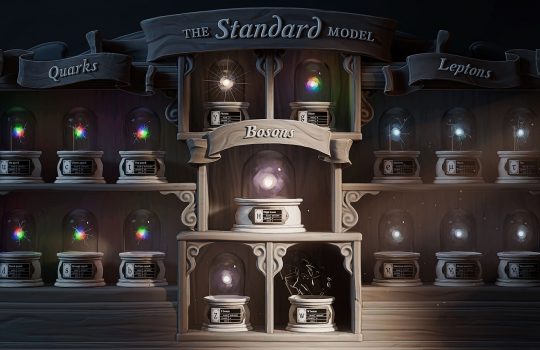New evidence indicates we may need new laws of physics
From MSN (Spain), May 26, 2022: A series of precise measurements of well-known ordinary particles and processes have threatened to shake our understanding of physics from the Muon g-2 and W boson Fermilab announcements . Now the LHC is preparing to operate at a higher energy level and intensity than ever before, there is a chance that new particles are produced through even rarer processes or are hidden under backgrounds that we have not yet unearthed.


